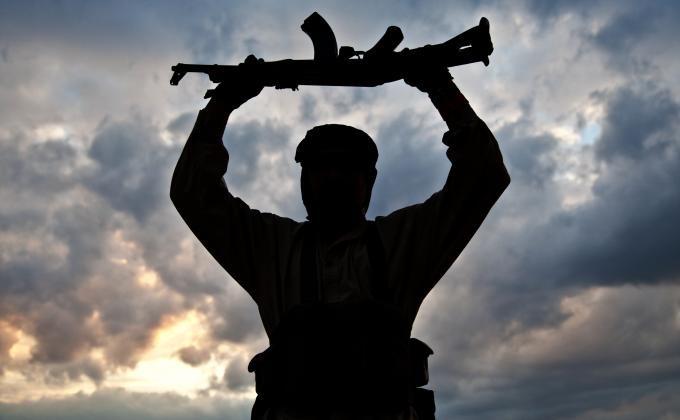Since the 1980s, several conflict zones around the world have attracted tens of thousands of unpaid combatants with no apparent link to the conflict other than religious affinity. This paper focuses on the conflicts that in the past 35 years have triggered Muslims worldwide to leave their home country and become a so-called foreign fighter. It focuses on the question why there are huge differences in the number of transnational insurgents. Connected conflicts like Afghanistan (1980-1992), Bosnia (1992-1995), Iraq (since 2003) and Syria (since 2011) each attracted several thousands of foreign fighters, whereas other conflicts like Chechnya (1994-2009), Somalia (1993-2014) and Afghanistan after 2001 could not count on more than a few hundred foreign combatants. Some have argued this is merely a coincidence, but no one has so far addressed this issue thoroughly. This study tries to gauge the validity of the explanatory factors that are relevant to understand why some conflicts attract far more foreign fighters than others. It concludes that accessibility to the battlefield, the cohesion of the insurgent group and the chances of success are all relevant to explain the divergence in foreign fighter presence.
Read the Research Paper.
How to cite: Duyvesteyn, I. and B. Peeters. "Fickle Foreign Fighters? A Cross-Case Analysis of Seven Muslim Foreign Fighter Mobilisations (1980-2015)", The International Centre for Counter-Terrorism - The Hague 6, no. 8 (2015).








